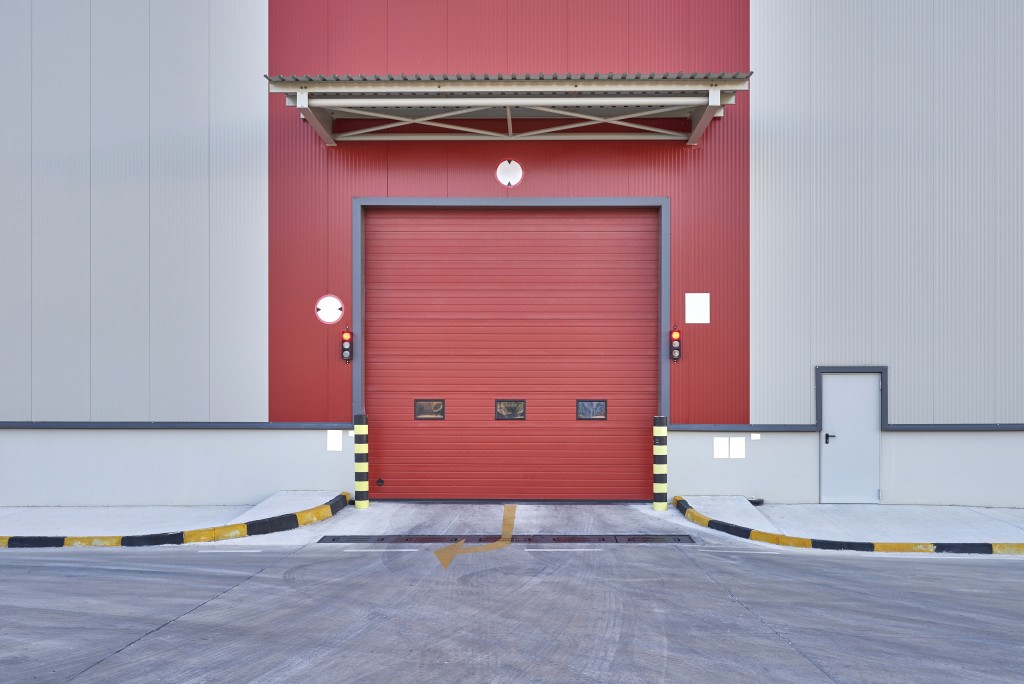- Mobile applications can provide real-time information about routes, schedules, and delays.
- They can reduce physical contact and the spread of viruses in public transportation.
- User engagement and feedback are available through mobile applications.
- Accessibility and integration with different public transportation modes are possible.
- By optimizing routes and minimizing delays, mobile applications can boost the efficiency of public transportation.
Public transportation is the backbone of any city that aims for efficient mobility. With the increasing population of urban areas and the ever-growing rate of traffic congestion, public transportation is seen as the best solution to alleviate traffic and minimize pollution. However, to achieve its full potential, public transportation should be efficient and accessible to everyone. That’s where mobile applications come in, providing people with the tools to improve and streamline public transportation.
This blog post will discuss how mobile applications can maximize efficiency in public transportation, make commuting easier for the public, and ultimately enhance the quality of life of urban residents.
1. Real-time Information
One of the most significant advantages of mobile applications in public transportation is providing real-time information about routes, schedules, and delays. Commuters can track their ride in real-time and plan their trips accordingly. That saves time and reduces stress in the case of emergencies. Moreover, real-time information from mobile applications can help public transportation services detect bottlenecks and adjust routes to minimize delays.
For example, the SMRT Corporation in Singapore developed a mobile application that provides real-time updates on buses and trains. This helps commuters plan their trips and even provides an estimated time of arrival (ETA) for each station.

2. Reducing Physical Contact
The COVID-19 pandemic has raised concerns about the safety of public transportation. Commuters sought ways to minimize their contact with surfaces and people around them. Mobile applications can provide a safe and contactless way for commuters to book their tickets, pay their fares, and access public transportation. By reducing physical contact in public transport, mobile applications can limit the spread of viruses and other communicable diseases.
3. Increasing User Engagement and Feedback
Mobile applications can offer a direct line of communication between public transportation services and commuters. By enabling users to share feedback, update their information, and receive notifications about upcoming routes and changes, public transportation services can respond to commuters’ needs more effectively. But to do this properly, transportation providers must do the following:
a. Collect user feedback in real-time
If you want to provide exceptional service, collecting feedback from commuters in real-time is important. Outdated information can lead to inaccurate assumptions and poor decision-making.
b. Analyze the data to identify trends and patterns
By analyzing the data collected from user feedback, providers can identify areas of improvement and make changes accordingly. This will enable them to provide better service and improve efficiency.
c. Use the insights to optimize service
Once the data is analyzed, providers can use the insights to optimize service. This way, they can make sure their services are tailored to the needs of commuters and improve their overall experience.
d. Allow users to customize their experience
Finally, mobile applications can also allow commuters to customize their experience. For example, commuters can save their favorite routes and get notifications about delays or changes.

4. Providing Accessibility and Integration
A mobile application can provide information in a clear, concise, and easy-to-understand format, making the use of public transportation more accessible to people who have disabilities, language barriers, or reading difficulties. Furthermore, mobile applications can integrate different transportation modes, such as buses, trains, and taxis, into a seamless transportation system.
Public transportation services can collaborate with private transportation players to create a more comprehensive and efficient transportation network. Some cities even go so far as to offer ridesharing services and integrated payment systems. This makes a more convenient and affordable way to navigate around the city.
5. Boosting the Efficiency of Public Transportation
Ultimately, integrating real-time information, contactless payment systems, user-engagement features, and accessibility can boost the efficiency of public transportation. With mobile applications, public transportation services can optimize routes, minimize delays, and more effectively cater to commuters’ needs. Different cities have also implemented mobile applications that provide real-time traffic updates and route scheduling, thus improving the overall experience of commuters.
Mobile applications are revolutionizing public transportation, making it more accessible, efficient, and user-friendly. By leveraging real-time information, contactless payment systems, user engagement, accessibility, and integration, public transportation services can create a comprehensive and seamless transportation network that caters to the needs of urban residents. With mobile applications, public transportation can enhance the quality of life, facilitate sustainable development, and contribute to a better, cleaner, and more efficient future.


